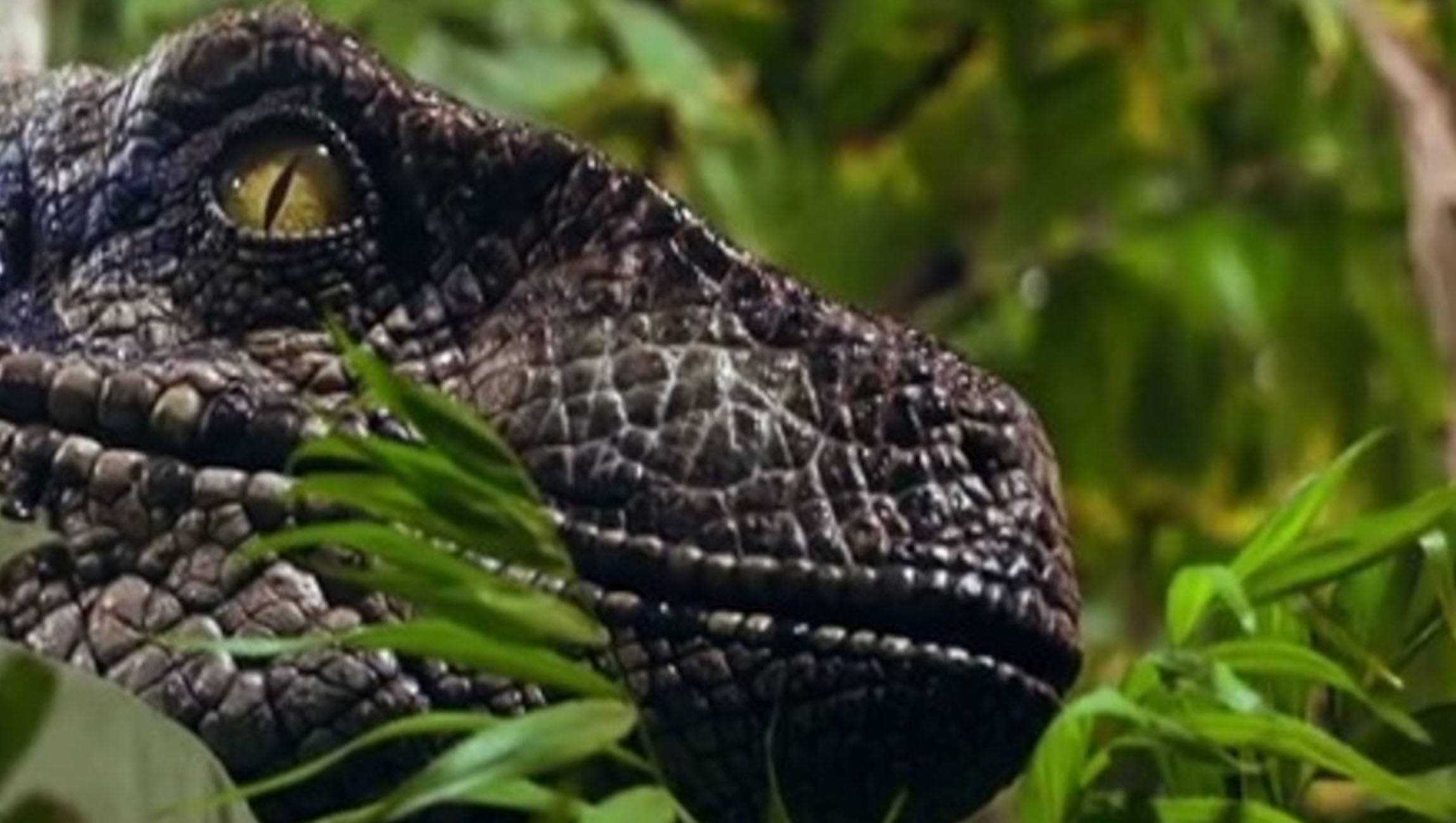Create a free profile to get unlimited access to exclusive videos, sweepstakes, and more!
90 million years ago, Antarctica was a lush rainforest before it froze over

Vacations aren’t really a thing right now with a pandemic terrorizing the planet, but if you were to plan a getaway, the last place you’d probably think of is Antarctica. Maybe you would have changed your mind if you could time-warp back to 90 million years ago.
Lush green leaves and tropical blossoms are probably the last mental image anyone gets when thinking of Antarctica. Now a research team has unearthed an unprecedented find that shows what Antarctica was like further back in time than ever. Pristinely preserved soil samples from the mid-Cretaceous (the age of the dinosaurs) that were unlike any other layers of soil in the area still had spores and seeds that revealed evidence of a hot and swampy rainforest on the western coast, where lush foliage and even flowering plants flourished. What is now frozen over was once hot and humid and blooming with life—but why?
"To get a better idea of what the climate was like in this warmest phase of the Cretaceous, we first assessed the climatic conditions under which the plants' modern descendants live," geoscientist Johann Klages of the Alfred Wegener Institute, Helmholz Centre for Polar and Marine Research, said.
The team ran a climate model simulation that reconstructed the climate of this ancient paradise, which existed during what was the warmest period in the past 140 million years. Tropical sea levels were almost 560 feet higher than they are now, and water temperatures could reach up to 95 degrees. They also found out that there were high atmospheric carbon dioxide levels in the region. The simulation also showed that plants thrived in the absence of what is now the Antarctic ice sheet, but that still doesn’t answer the question how all those life forms didn’t just die off when they were plunged into four months of winter darkness.
Ironically, the same kind of greenhouse effect that CO2 emissions are threatening the climate with right now was what saved that Cretaceous rainforest. Solar heat absorbed by the surface during the rest of the year couldn’t escape the atmosphere because of the carbon dioxide absorbing it, and eventually releasing it only to be absorbed again. That probably made for sweaty and unbearable summers. However, during the winter, that extra heat that could not escape kept the rainforest from withering.
Going off the simulation, Klages said that “the reconstructed temperate climate at this high latitude requires a combination of both atmospheric carbon dioxide concentrations [that high] and a vegetated land surface without major Antarctic glaciation.”
CT scans revealed what it might have been like walking through this rainforest that could have leaped straight out of Jurassic Park (even if it was around during the Cretaceous period and not the Jurassic). 93 to 83 million years ago, it would have been about 66 degrees Fahrenheit if you were going during the summer. You would find yourself walking over a thick tangle of roots and leaves and blossoms. You might have encountered some of the same plants that grew in Australia and New Zealand at the time. The conditions were closest to those on the southern island of New Zealand back then, so the ancestors of magnolias and ferns probably abounded, but many other plants growing in this region were poisonous.
While Klages’ team has been trying to run simulations that will show them how Antarctica froze over, and there might have been a nuclear winter scenario caused by the ash spewed out by volcanoes after the asteroid of doom hit, but that is the one thing they are still trying to demystify. Guess we won’t know what happened to Cretaceous Park anytime soon.


























